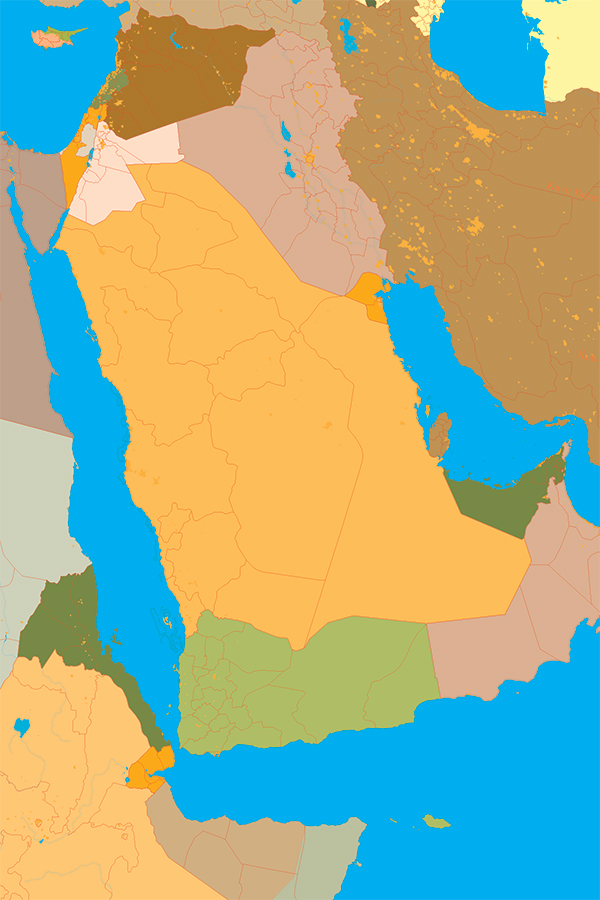Women in Science Symposium 2012: For By and About Us
Melissa Gilliam, MD, MPH, Professor of Obstetrics/Gynecology and Pediatrics, University of Chicago; Chief, Family Planning; Associate Dean for Diversity, Division of the Biological Sciences
Romila Singh, Ph.D., Associate Professor, Lubar School of Business and Associate Director of the Center for the Study of the Workplace, University of Wisconsin-Milwaukee
Pauline Maki, Ph.D., Professor of Psychiatry and Psychology, Director of Women’s Mental Health

